Check out Vero Tactical on Facebook: https://www.facebook.com/verovellini
Or on their site: https://www.gunslingsdirect.com/vv-tactical.html
I’m a bit of a gear snob. Nothing to be ashamed of. Whenever I get really into a hobby or pastime, I like to dive deep. I typically geek out over the accoutrements. Why should my passion for gun culture be any different? It is way more than a hobby, and far more than a pass-time.
Today, I’m geeking out about a sling. Seems simple enough. You throw on a single-point, or clip in a two-point…. Most never think much more about it. But not me. Whenever I see a new gizmo, I’ve got to test it (it’s actually in my job description). And I’m here today after six months of full on testing of the Vero Tactical sling.
What makes this sling so special?
As I’m getting accustomed to SBRs, I’ve moved away from the two point sling. But some rifles, especially long AR-15s and .308s, really do work better on a two point system. But the difficulty has always been how to build a sling that functions just as well in the carrying position as it does in the shooting position.
[one_half]
[/one_half][one_half_last]
[/one_half_last]
The Vero sling is exactly that. With the incredible versatility, this sling can do just about anything. It is ideal for carrying the rifle slung on your back, down by your side, and with a simple pull it moves into fighting position. The easy adjustments make it snug in any direction. No more slack sling hanging down, and no more trying to find that comfortable place for your support arm in the over-tightened mode I sometimes see on others’ guns.
[one_half]
[/one_half][one_half_last]
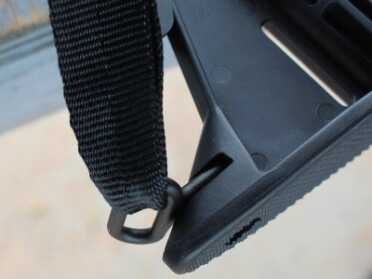
Sling mounts are disappearing from stocks, so you may need to take that into account. Just means you’ll need to be creative.
[/one_half_last]
It really excels at the cross-chest mode. Pull the rifle up, tighten it down, and now you have a comfortable, easy to access mode of carry that allows for the most control possible. With a quick tug on the strap, it expands. The transition is fluid, simple, and controlled. The nylon webbing is stout, and the padding is a nice addition that you don’t typically find on the tactical sling. The pad itself is about as wide as a seat-belt, and a lot more comfortable.
[one_half]
[/one_half][one_half_last]
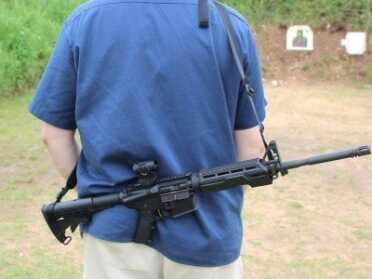
There’s enough slack to carry it however you want. This style here is not recommended, but it leaves both hands free
[/one_half_last]
How does it attach?
It attaches to a 1″ sling swivel, or can be wrapped around the stock. If you prefer the quich detach style of mounts, you’ll need QD swivels. That’s the only downside I see to the rig. Ideally, it would come with sling mounts, QD options, and clip options–just to cover all of the bases.
[one_half
][/one_half][one_half_last]
[/one_half_last]
With the way the attachment works now, it is adaptable. This would be an ideal way to carry for anyone who hunts with a tactical rifle. The transition is incredibly quiet. Moving the gun into position wouldn’t spook anything with noise. But it is just as comfortable and secure for those who have to stand around with their guns slung. I’m thinking LEO and military here–those guys you see milling about after a tragedy of some sort, hoping all the shouting is over–but still ready.
The price? MSRP is $59 and change, which means it will sell for less–especially on sale.
[one_half]
[/one_half][one_half_last]
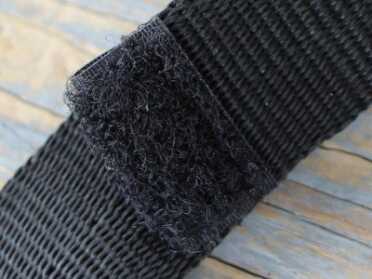
The stitching is what you’d expect from a top-notch sling, and The ends are secured to keep them from fraying and coming through the hardware accidentally.
[/one_half_last]

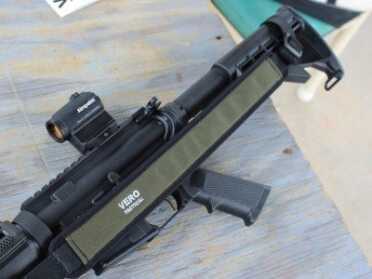
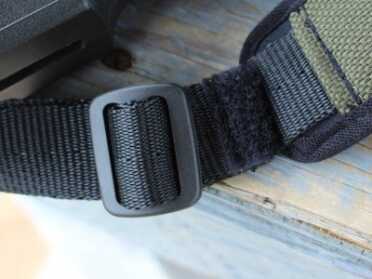
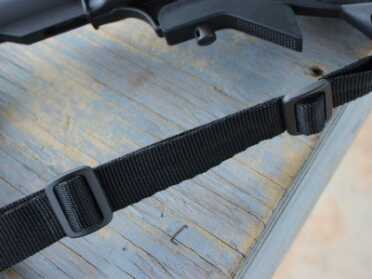
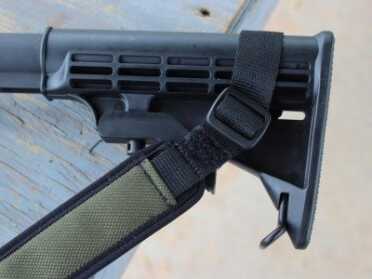
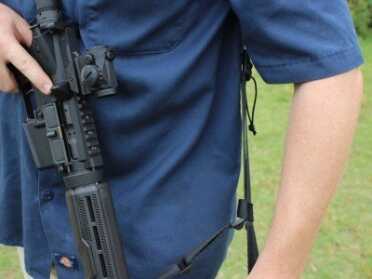
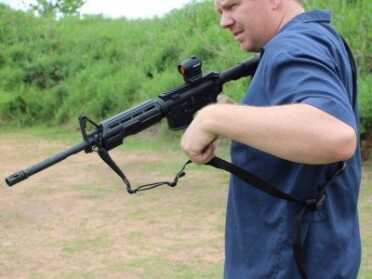
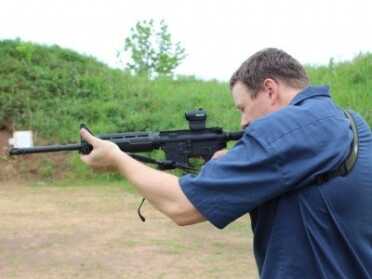
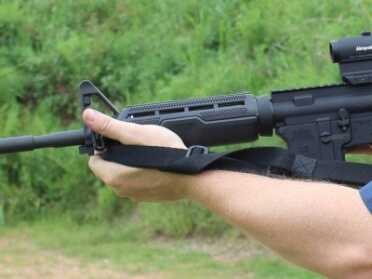
Sling seems cool. My question is what type of handguard is that? Looks similar to the Magpul. Love the articles.
This seems fairly similar to the Viking vtac sling, or are there some bigger differences between them?It would be cool to see a side by side comparison.
How wide is the sling? Mil sling mounts are wider then civ after market sling swivel. Whats the shortest length it can be adjusted to for carbines with collapsed stock? Does it have keepers for all the slack
Sling use techniques in pics 9 & 10 is improper for true accuracy/support. Can the sling be removed from butt stock and used in prone position support? I think the padding eliminates this application.
As you show and most sport competition gurus use butt end of sling over the strong side shoulder. This is flawed. The sling SHOULD go from the toe swivel on the butt under the armpit, across back and over weak side shoulder then to fwd swivel via a forearm wrap. Tension on the sling now pulls the butt into the shoulder instead of up and out of the “pocket”. Stability also comes from anchor points. In your method the sling comes from the back and under the support arm and in line with it. In essences two points of stability, one at each shoulder. When you run the sling over the support shoulder (near neck), then to the forearm you create three points of stability. The difference in transition to sidearm or mag changes moot.
Just my old school opinion.